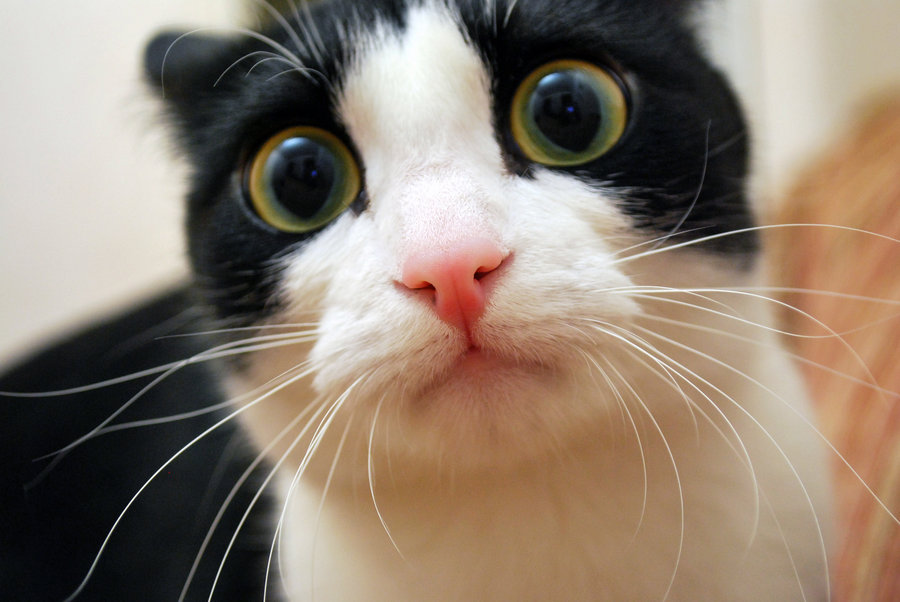Emily Anthes, author of Frankenstein’s Cat, has written a Nautilus article about the integration of AI into nature, an attempt to erase the lines that separate, to bend the natural world according to our will. The opening:
“Several years ago, a group of American cockroaches discovered four strangers in their midst. A brief investigation revealed that the interlopers smelled like cockroaches, and so they were welcomed into the cockroach community. The newcomers weren’t content to just sit on the sidelines, however. Instead, they began to actively shape the group’s behavior. Nocturnal creatures, cockroaches normally avoid light. But when the intruders headed for a brighter shelter, the rest of the roaches followed.
What the cockroaches didn’t seem to realize was that their new, light-loving leaders weren’t fellow insects at all. They were tiny mobile robots, doused in cockroach pheromones and programmed to trick the living critters into following their lead. The demonstration, dubbed the LEURRE project and conducted by a team of European researchers, validated a radical idea—that robots and animals could be merged into a ‘biohybrid’ society, with biological and technological organisms forming a cohesive unit.
A handful of scientists have now built robots that can socially integrate into animal communities. Their goal is to create machines that not only infiltrate animal groups but also influence them, changing how fish swim, birds fly, and bees care for their young. If the research reaches the real world, we may one day use robots to manage livestock, control pests, and protect and preserve wildlife. So, dear furry and feathered friends, creepy and crawly creatures of the world: Prepare for a robo-takeover.”


